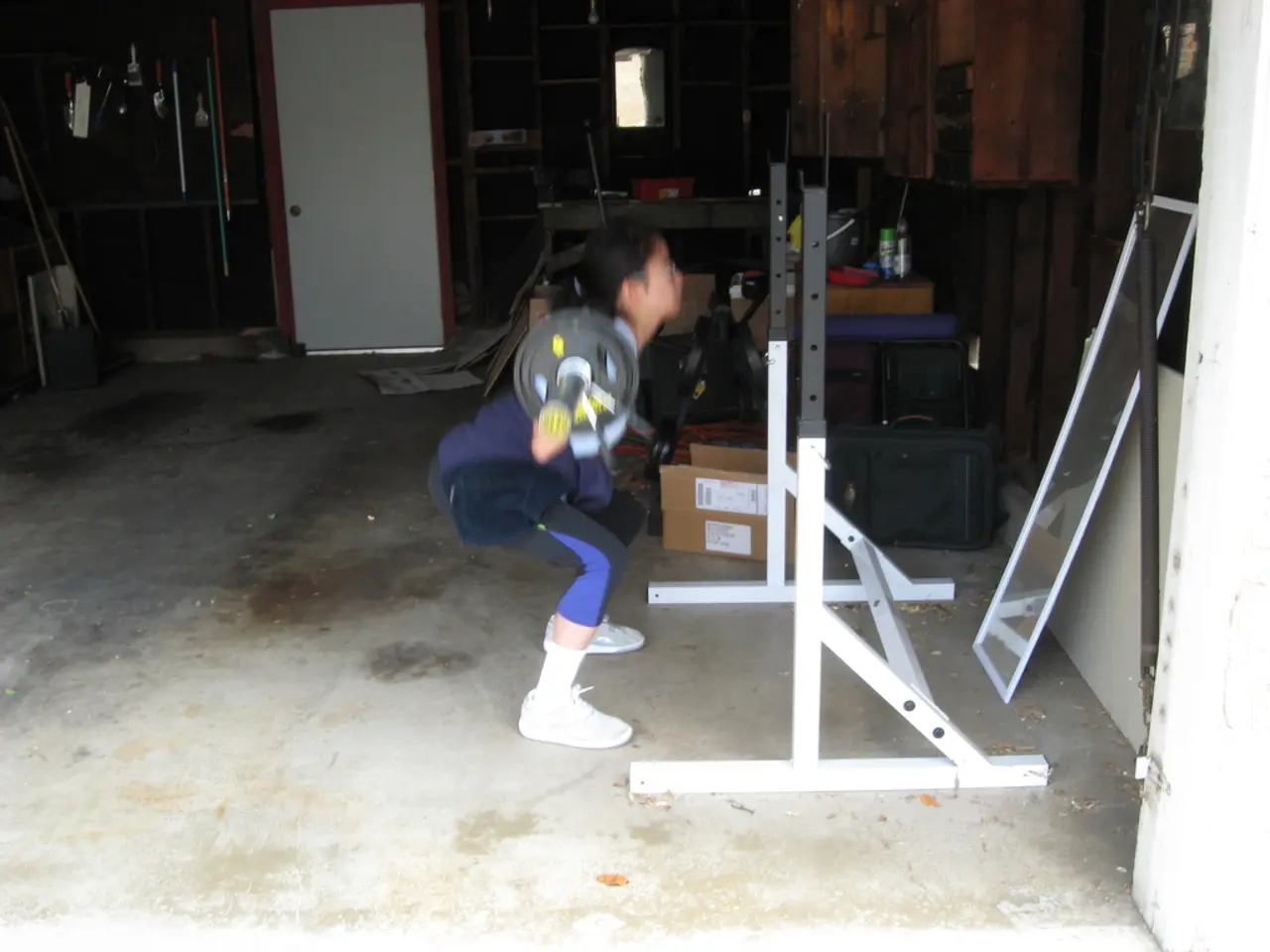Speedy Remedies for Painful Muscles
Optimizing Post-Workout Recovery: A Comprehensive Guide
When it comes to maximizing muscle recovery after exercise, a well-rounded approach is key. Here are some strategies to focus on, particularly within the critical 30-minute window post-workout:
Nutrition
A balanced diet plays a crucial role in recovery. Aim for 20 to 40 grams of lean protein (0.4 to 0.5 g/kg body weight) within 30 minutes of exercise. This helps with muscle repair and growth. Opt for protein-rich foods such as chicken, fish, eggs, tofu, or dairy products like chocolate milk.
In addition to protein, include carbohydrates to replenish glycogen stores. High GI carbs like white rice or potatoes are ideal when training again soon. Consuming carbs and protein together enhances glycogen synthesis and muscle repair.
Hydration
Proper hydration is essential for recovery, acting as the internal transportation system for nutrients and waste products. For every kilogram of weight lost during exercise, consume at least 1.5 liters of water to prevent dehydration and support muscle repair. Use electrolyte supplements or drinks to restore sodium and potassium levels, which are crucial for maintaining fluid balance and reducing muscle cramps.
Movement
Post-workout, spend 5 to 10 minutes stretching and doing low-intensity cardio to lower heart rate and reduce muscle tension. Engage in light activities like yoga on recovery days to enhance blood circulation and remove waste products.
Additional Considerations
Consider incorporating nutraceuticals like tart cherry juice or curcumin to reduce inflammation and enhance recovery. Remember, timing is crucial. Initiate all recovery strategies as soon as possible after exercise to maximize their benefits.
Proper hydration is crucial for recovery. Urine color is a good indicator of hydration level, with pale yellow indicating proper hydration and medium to dark yellow indicating dehydration. Static stretching before exercise is not effective in preventing soreness.
Dehydration often occurs before one feels thirsty, so remember to drink 13 to 20 ounces of water two hours before exercise, 5 to 10 ounces every 15 to 20 minutes during exercise, and include electrolytes for sessions longer than 90 minutes.
Foam rolling helps direct fluid accumulated in muscles after exercise, reducing DOMS and increasing range of motion. Soreness does not always equate to effectiveness in workouts; smart athletes prioritize consistency over intense workouts that lead to significant muscle damage.
Remember, the first 30 minutes after a workout can reduce recovery time by up to 50%. During this period, muscles are most receptive to the nutrients they need. Seven hours of sleep is a minimum requirement for efficient recovery, as it triggers protein synthesis during non-rapid eye movement sleep.
On the day after a brutal workout, gentle movement can aid recovery, encouraging circulation and flushing out metabolic waste products. The best recovery strategy is the one you'll stick with consistently, incorporating tools like foam rolling, massage guns, ice baths, or contrast showers based on personal preferences and budget.
[1] https://www.ncbi.nlm.nih.gov/pmc/articles/PMC3665049/ [2] https://www.ncbi.nlm.nih.gov/pmc/articles/PMC6325797/ [3] https://www.ncbi.nlm.nih.gov/pmc/articles/PMC5884466/ [4] https://www.ncbi.nlm.nih.gov/pmc/articles/PMC5923467/ [5] https://www.ncbi.nlm.nih.gov/pmc/articles/PMC5698798/
Science shows that proper hydration, a key component of health-and-wellness, is essential for optimal muscle recovery following exercise. To enhance this process, include fitness-and-exercise strategies such as foam rolling, which directs fluid accumulated in muscles and helps reduce DOMS (delayed onset muscle soreness), and light movement on recovery days to encourage circulation and remove waste products.




